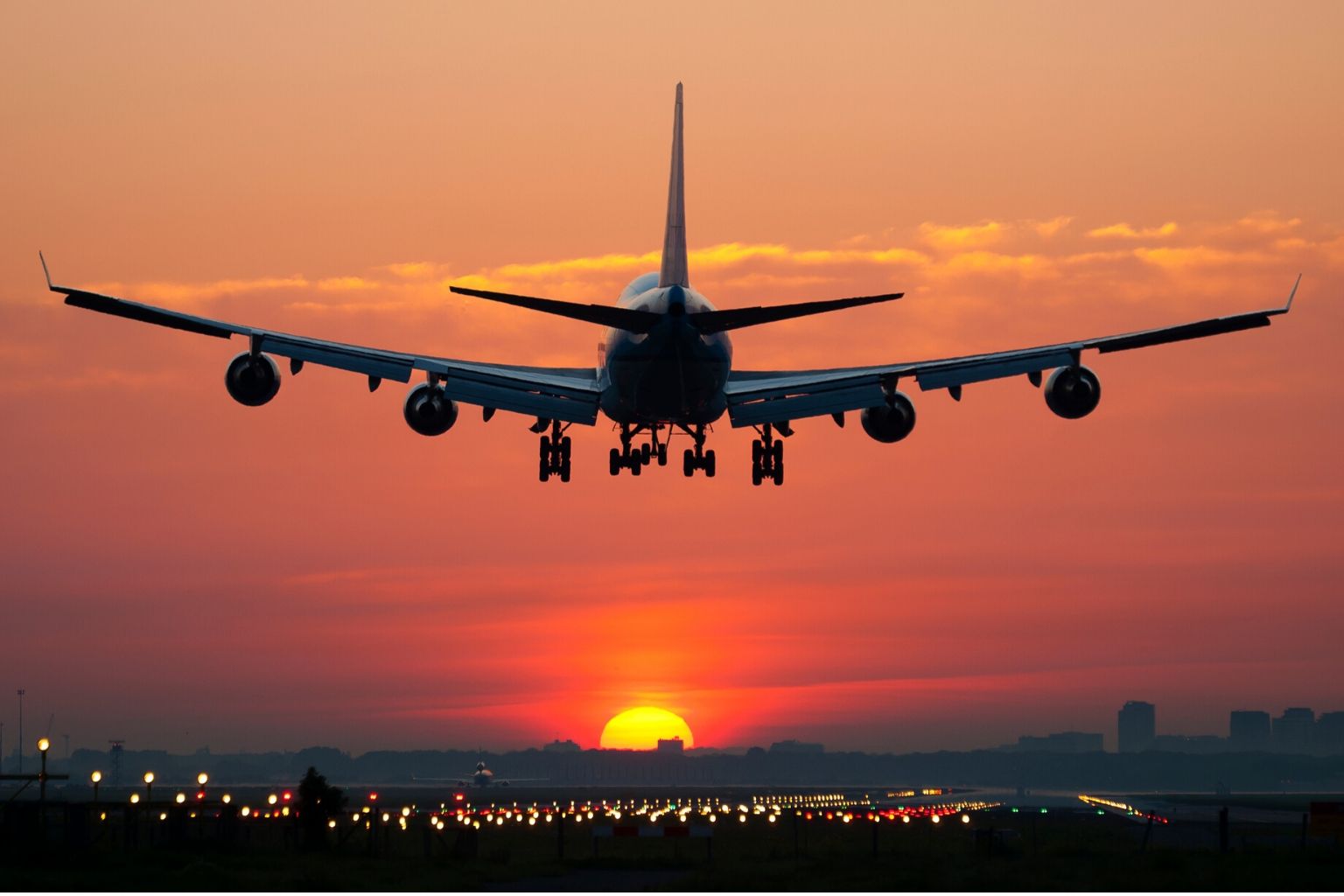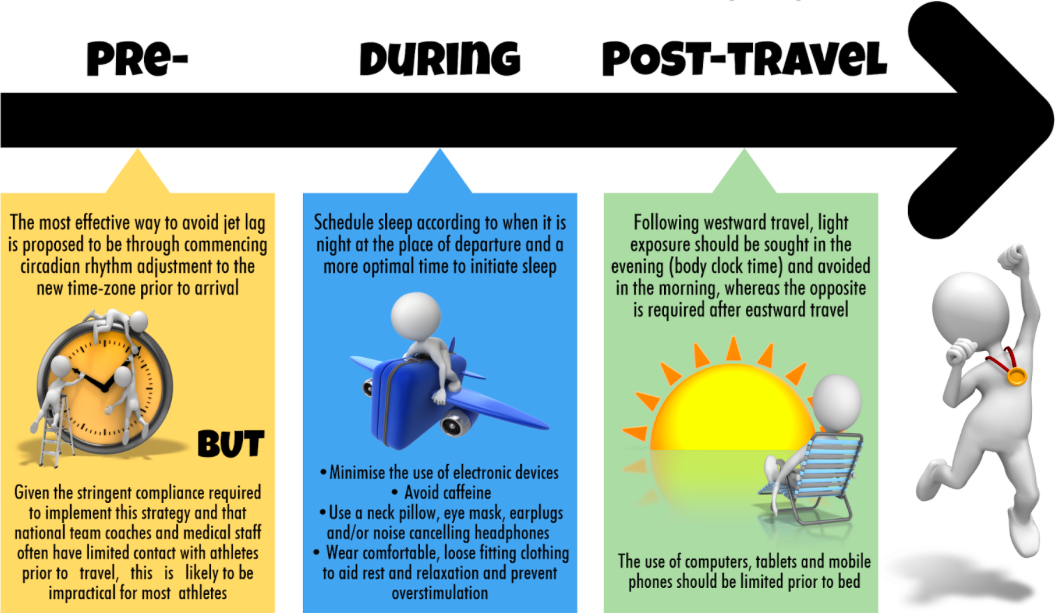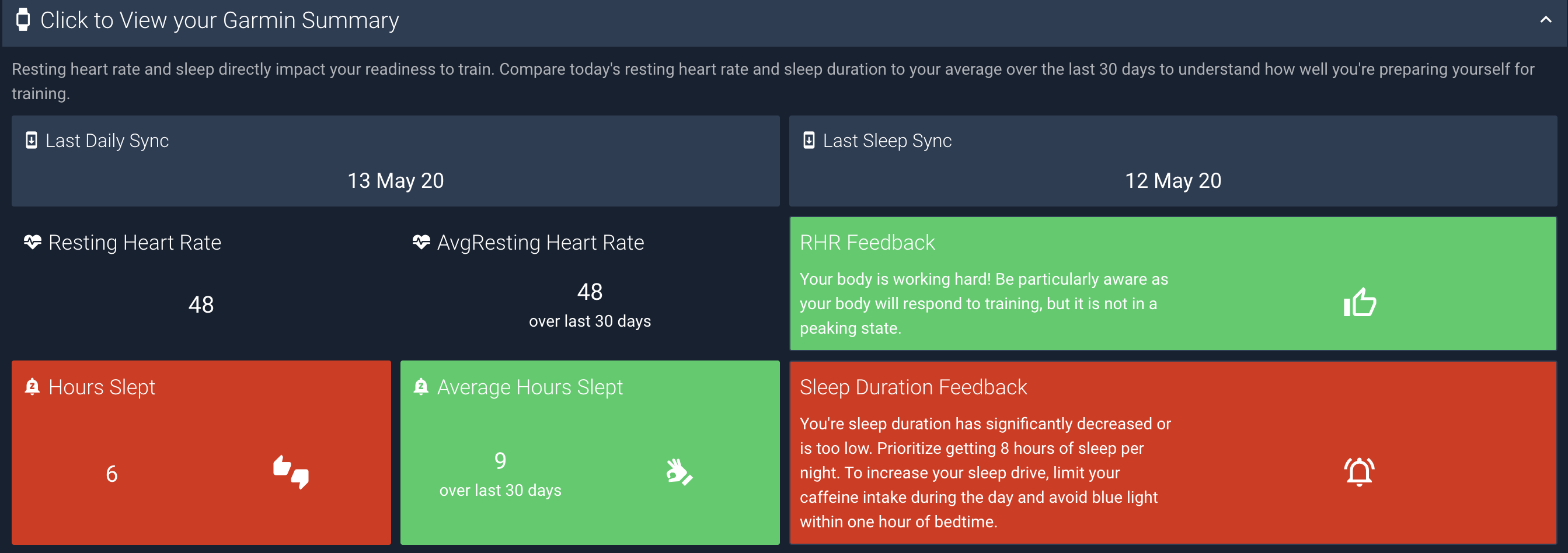
5 Sailing Tips Athletes When Flying Long Distances
Like many of SPT’s athletes, I have been commuting to Europe for several regattas and events this summer. It’s time we take a look at how to prepare ourselves for the punishment of long travels so we arrive at our events feeling our best. Below is an article I wrote last year about my longest travel experience to date with sailing tips on how to travel long distances as an athlete.
:By Mike Kuschner, SPT Head Coach

5 Tips To Feel Better After Landing
Traveling to Muscat, Oman was the longest travel experience I have had for a sailing event: I had three layovers over a total travel time of 23 hours. During this travel experience I learned some really good lessons that all sailing athletes should use to keep their body’s fresh at their next away event. Here are my top 5 lessons for athletes to stay in peak physical condition while traveling.
1. Sleep
Many travel itineraries traveling eastward from the U.S. require an overnight flight leaving late afternoon/evening and arriving early morning. Most flights are 6-8 hours long, in which case you will travel through 5-6 hours of time zones and land roughly around mid morning local time the following day. For those travelers that stay awake during the entire flight, they will effectively skip a night of rest–never optimal for performance!
Many travelers struggle with sleeping upright, particularly while flying. So it’s no surprise that the real secret to maintaining your performance upon arrival is sleeping for as much of the flight as possible. Therefore, the question becomes: how can you best sleep on a plane? The key to falling asleep quickly begins with removing all blue light from your environment. Just as I prescribe for SPT athletes to ensure great sleep quality at home, I also prescribe that athletes remove all blue light prior to and during long travel. Blue light stimulates the brain and prevents you from falling into a deep sleep cycle, which promotes recovery. Blue light emissions mostly come from lights and screens. SPT traveling best practices recommend that you do not watch movies, use your phone, or have bright lights on if you are traveling on a redeye. Instead, grab some noise canceling headphones and either listen to a podcast/music or meditate in silence!
You should also try the myriad of devices for supporting your head and neck if you find you often awaken when your head moves around. Don’t forget to bring a blanket or a hooded jacket as plane can get cool during flight.
Personally, I make it my mission to prepare for sleep before getting on the flight. Prior to boarding, I have my earplugs/noise canceling headphones ready, my eye mask around my neck, and my jacket on or in hand. Once on the plane, I put them on as soon as possible and try and fall asleep. The majority of the time I get 5-6 hours of sleep during flight and, as a result, feel pretty good once on the ground.
2. Hydration
Hydration is important everyday, but can be even more important while you’re flying. Air drawn into the plane to pressurize the cabin comes from the extremely dry, high-altitude regions of the atmosphere, which makes the plane environment drier than the desert! Immediately after takeoff, the relative humidity of the cabins can drop to nearly zero, making it unbelievably easy to get dehydrated, especially on long-overseas trips. Therefore, drinking water is imperative for maintaining hydration!
Hydration starts before boarding, so make sure you are drinking water prior to stepping on the plane. With the cabin environment so dry, other liquids such as coffee and alcohol will not improve your ability to hydrate, so avoid them. SPT’s traveling best practices recommends you always carry water onto your flight in your reusable water bottle just in case it takes a while for the flight attendants to get to you.
3. Nutrition
Athletes should prepare food items they can travel with so they are not dependent on unpredictable airplane food and snacks. This means, depending on your nutrition requirements, pre-planning meals as you would during the week, so that you have high quality fats, proteins, and veggies available to sustain for the entire travel duration.
Some airlines offer specialized meal services when you purchase your ticket (such as gluten free or diary free options) and can be worthwhile if you are not able to pre-plan.
Despite airlines best intentions with food, the meals and snacks they provide are loaded with sodium, carbs, and low quality ingredients which promotes inflammation of the gut and poor recovery.
4. Mitigate Inflammation
As you might have experienced, traveling or sitting for a long time can make your tissues swell and joints sore. Sitting for an extended period of time causes your blood to disproportionately pool in your thighs and feet. This means that your body isn’t as efficient at circulating and oxygenating the blood. All this This pooling of blood within your legs will cause inflamed/swelling of the tissues.
Additionally, there is less oxygen in the cabin during flight than there is in the atmosphere at ground level. Airlines only pressurize the cabin to an atmospheric level of 6,000-8,000 feet. This means that the amount of air pumped inside doesn’t result in as much oxygen as you’d normally breathe at sea level. As a result, this makes your body feel as if you were sitting on a 6,000 to 8,000 foot mountain for several hours, which can have many different effects on your body, such as: feeling dizzy, drowsy, and also a lack of mental sharpness.
To help mitigate the effects inflammation, SPT recommends wearing compression socks or pants to reduce the amount of blood pooled in your legs and prevent a majority of the inflammation in your body. Also, get up and walk around during your flights if you are not sleeping. Sit upright with good posture to protect your lower back, and do in-seat as well as standing leg exercises and mobility. These strategies will all help to improve circulation and reduce the build up of blood and inflammation in your tissues.
5. Dealing With Jet-Lag
Jet-lag is inevitable when you change time-zones quicker than your body can naturally adjust to the change in its circadian rhythm (i.e. a disruption of our internal clock, day/night cycle). Studies suggest that it takes the human body one full day to adjust to only a single hour of time zone change. You can image why it might take several days for our bodies to adjust to several hours of time zone change.
Adjusting your sleep schedule before traveling can be beneficial for recovering from jet-lag. To do so, it is important to understand which way you’re traveling. Most people have a harder time adjusting their sleep schedule when they travel east rather than west. When you travel east-to-west, your circadian clock needs to be delayed, so you should wake up and go to bed later. When you travel west-to-east, you must prompt your circadian clock to advance sooner. This means going to bed earlier than normal.
Controlling your light exposure seems to be the best way to control your jet-lag and the change over of your internal clock. Studies suggest that the most effective way to adjust to a new time-zone is to ease yourself into the proper waking hours by consciously manipulating your exposure to light. If you’re traveling east, you’ll want to advance your body clock, so seeking morning light and avoiding late afternoon light to help your internal clock adjust to your earlier time-zone. If you’re traveling west, you will want to do the opposite.
These strategies helped me stay physically fresh on my long journey to Muscat. If you have tips for maintaining your physical state on long journeys, let me know!
Be sure to discuss this topic and more with your SPT coach at your next monthly consultation!
One major difference this year is the quarantine measures, which may have decreased your training load even more without you realizing!
Can I just workout really hard two weeks prior to my regatta or training camp and be OK?
Most likely a quick and intense ramp up in training load through higher intensity and volume workouts will increase your injury risk profile, particularly if you have very low training load prior. Additionally, you would ideally be doing the opposite: decreasing volume and increasing rest and recovery to ensure peak conditions. The goal is always to workout more often.
I have a heart rate monitor and/or smart watch. How are the apps for my devices different than SPT’s system?
Garmin, Polar, and Apple Healthkit are all tools to facilitate the hardware (watches and heart rate monitors). These apps are quite decent at displaying data but few actually provide any significant insights. Remember, these apps are mostly built for the average consumer (i.e. non-athlete). Conversely, SPT’s platform will provide insights and offer unique data displays that are not available in these consumer apps. Don’t believe me? Try to find an ACWR metric in your app, try to analyze your own hear rate graph after your next workout, or judge your readiness to train today based on your hear rate metrics (which metric would you use?). With SPT, you can opt in for an alerts for when your training puts you at risk and you can validate your training by reviewing the data to make sure you are getting the most efficient and safe workout. The power of the SPT platform is the higher level analysis and unique data displays and our incredible and affordable coaches.

OK, if I’m being honest with myself, I haven’t been working out that hard in quarantine and I’ve been fairly sedentary. What should I do now?
Time to slowly build volume and manage your expectations because you might not have the time to be fully prepared. If you track your data using SPT’s platform or a wearable device, then we can safely ramp up your volume and maximize your preparedness without significantly increasing your injury risk. If you aren’t measuring your data and don’t have a background in sports science, first assess your current workout frequency, duration, and intensity. Aim to complete 2-3 workouts each week for two weeks with an RPE (rate of perceived exertion of the workout) of roughly 6/10 and definitely not over 8/10. After two weeks, add another workout day but keep RPEs for workouts the same. This will get you through a month or two of quality volume build. From here, I suggest working with an SPT Coach to maximize your efficiency and education.


